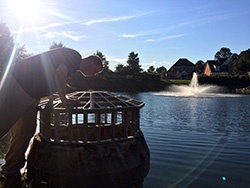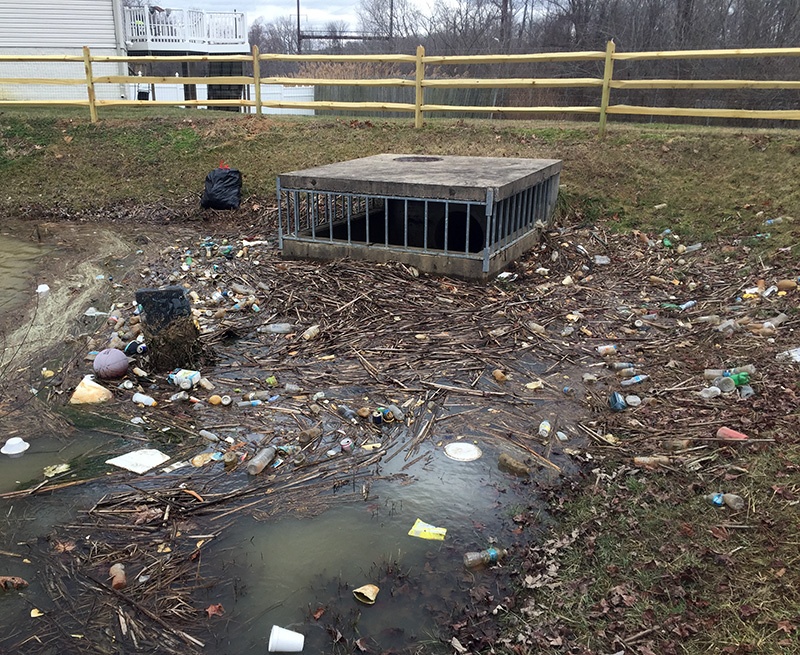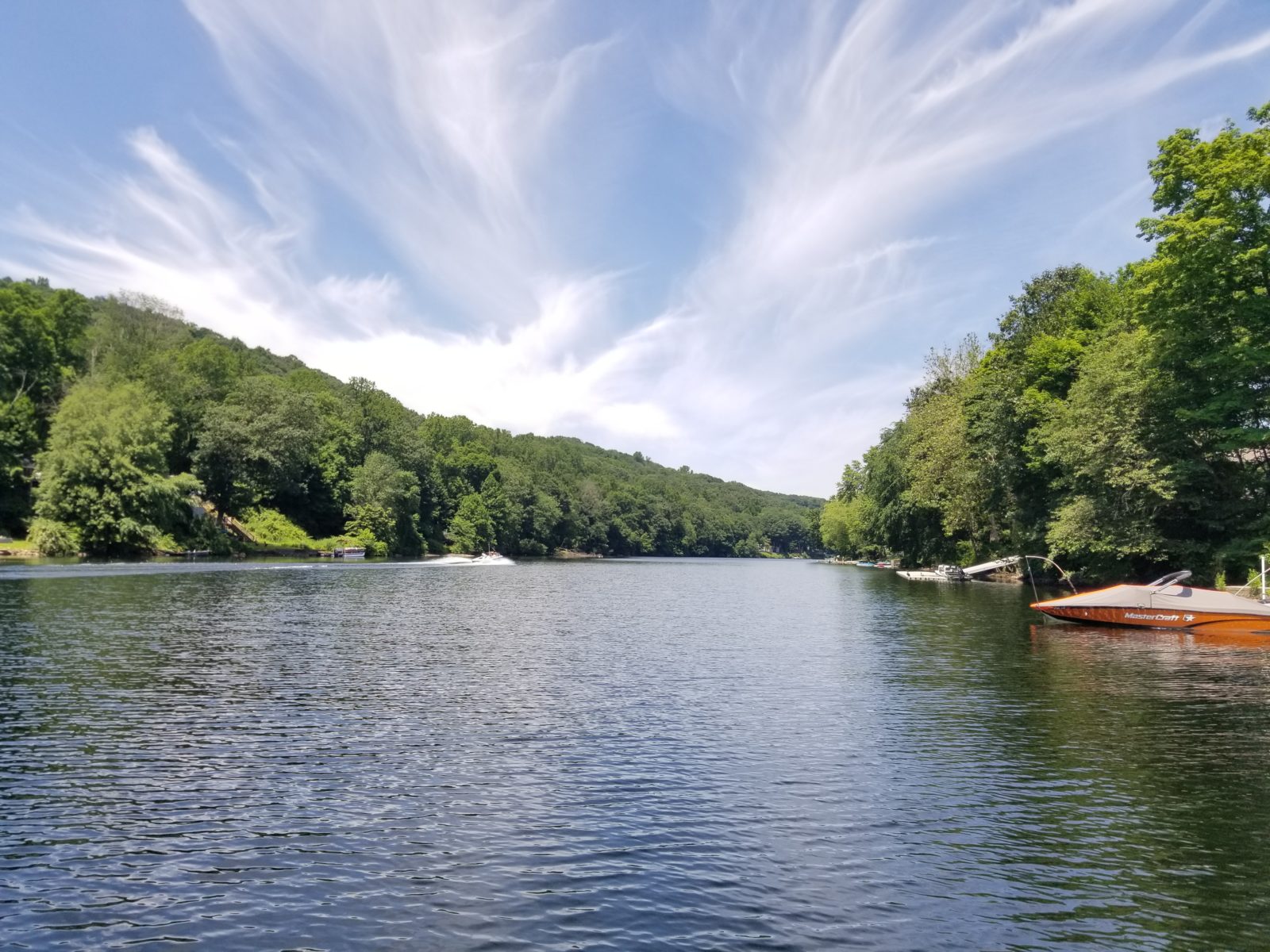Pond Management: Keys to Prevention and Early Detection
June 21st, 2016
Written by Industry Expert, J. Wesley Allen, Environmental Scientist and Territory Leader
 The comparison I use most often when trying to explain routine lake or pond maintenance and management to people that are unfamiliar is performing maintenance on your car. Your car needs oil changes, tire rotations, and other routine maintenance activities in order to operate correctly. If you ignore these items for too long, and you are looking at a hefty bill or prematurely replacing the car entirely. Performing regular maintenance on your aquatic resource is important and whether that resource is a lake, pond, or stormwater facility, maintenance is the key to avoiding nasty surprises. In aquatic management, an ounce of prevention is often worth a ton of cure. That is why when developing a pond management plan, a comprehensive approach that establishes a routine frequency of inspections and addresses regular maintenance needs is key.
The comparison I use most often when trying to explain routine lake or pond maintenance and management to people that are unfamiliar is performing maintenance on your car. Your car needs oil changes, tire rotations, and other routine maintenance activities in order to operate correctly. If you ignore these items for too long, and you are looking at a hefty bill or prematurely replacing the car entirely. Performing regular maintenance on your aquatic resource is important and whether that resource is a lake, pond, or stormwater facility, maintenance is the key to avoiding nasty surprises. In aquatic management, an ounce of prevention is often worth a ton of cure. That is why when developing a pond management plan, a comprehensive approach that establishes a routine frequency of inspections and addresses regular maintenance needs is key.
When SOLitude Lake Management typically begins to work with a client on a management and maintenance program, we stress clear communication. Establishing contacts with all concerned parties is essential to cultivating a successful relationship. With proper communication channels, understanding routine maintenance and responding to any problems is much easier, saving both time and money.
Being in this industry for 15 years, I have been fortunate to collaborate with and advise many people who are just getting involved in aquatic management. The first thing I always stress is observation. Sometimes, doing in-depth analysis of water chemistry or algae types may be needed to fully understand an issue, but well trained and experienced observers can often see a problem in its early stages. If you understand the pond structures, like the outfall, inlet, dam, embankment, etc, and how they are supposed to function, regular visual inspections can highlight any deficiency before a major issue arises.
 Clearing trash from an outfall structure when first observed is often quick and easy, but fixing erosion or flood damage that could be caused by a clogged outfall that was ignored or unreported can be extremely costly. Also, a well trained observer can spot pond algae and aquatic weed issues quickly. By correctly identifying the target species and treating in a timely manner, cost and collateral damage to desirable flora and fauna is mitigated. Of course in many locations, permits have to be obtained before any treatment can occur. This makes regular inspection via observation even more critical. That way you can anticipate and plan for the proper treatment and any follow-up that may be needed.
Clearing trash from an outfall structure when first observed is often quick and easy, but fixing erosion or flood damage that could be caused by a clogged outfall that was ignored or unreported can be extremely costly. Also, a well trained observer can spot pond algae and aquatic weed issues quickly. By correctly identifying the target species and treating in a timely manner, cost and collateral damage to desirable flora and fauna is mitigated. Of course in many locations, permits have to be obtained before any treatment can occur. This makes regular inspection via observation even more critical. That way you can anticipate and plan for the proper treatment and any follow-up that may be needed.
Many lakes and ponds now have floating fountains and sub-surface aeration systems. They are an aesthetic amenity, but serve other important functions. Sub-surface aeration, in particular, helps to provide supplemental oxygenation and reduce thermal stratification. These units can be a substantial investment. Regular maintenance will keep these units running for longer and keep them working through the months they are needed most. Winter is a great time to perform routine maintenance, but keeping an eye on the system with regular checks throughout the year is also important. Being onsite to unclog a fountain is much easier than getting called to pull a fountain that overheated and failed because trash clogging damaged a seal.
Changing cultural practices can also help to reduce impacts on the lake, pond or stormwater facility. Beneficial buffers can help reduce nutrient loading, prevent erosion, and intercept leaf litter and trash. Vegetative buffers can also be helpful in reducing resident goose numbers. Nutrient management practices can be adopted to address fertilization needs in an intelligent manner. Using slow release type fertilizers, having accurate soil testing information, and thinking about fertilizer timing can all help to reduce additional nutrient loading in the aquatic system. Educating the public about cleaning their boats and fishing equipment to reduce the spread of invasive weeds, why and how a stormwater facility works, and how they can be looking for issues and who to report them to helps close the management loop.
Obviously, good record keeping developed over time is a key to getting to a place where the system is more balanced. We all want our aquatic resources to be healthy and functional, providing habitat, recreation, flood control, pollution prevention or other established goals. Records provide accurate information on what has been done, schedules for future work, and history so that you are no longer reacting, but planning ahead, anticipating issues, treatments, repairs and expenses.
Changing the engine oil on your car every 3,000-6,000 miles is an expense and it can be inconvenient, but we can all agree that it beats the alternative. Working with a team of professionals who stress the importance of prevention and early detection through a pond management and maintenance program designed with the frequency of services necessary for each unique system is crucial. Prevention of issues and regular maintenance keep costs down, and make you a better steward of your aquatic resources.
Contact the experts at 888-480-5253 for all of your lake, pond and fisheries management needs.
J. Wesley Allen is an Environmental Scientist and Territory Leader with SOLitude Lake Management. SOLitude Lake Management is committed to providing full service lake and pond management services that improve water quality, preserve natural resources, and reduce our environmental footprint. Lake, pond and fisheries management services, consulting, and aquatic products are available nationwide. Learn more about SOLitude Lake Management and purchase products at www.solitudelakemanagement.com.










